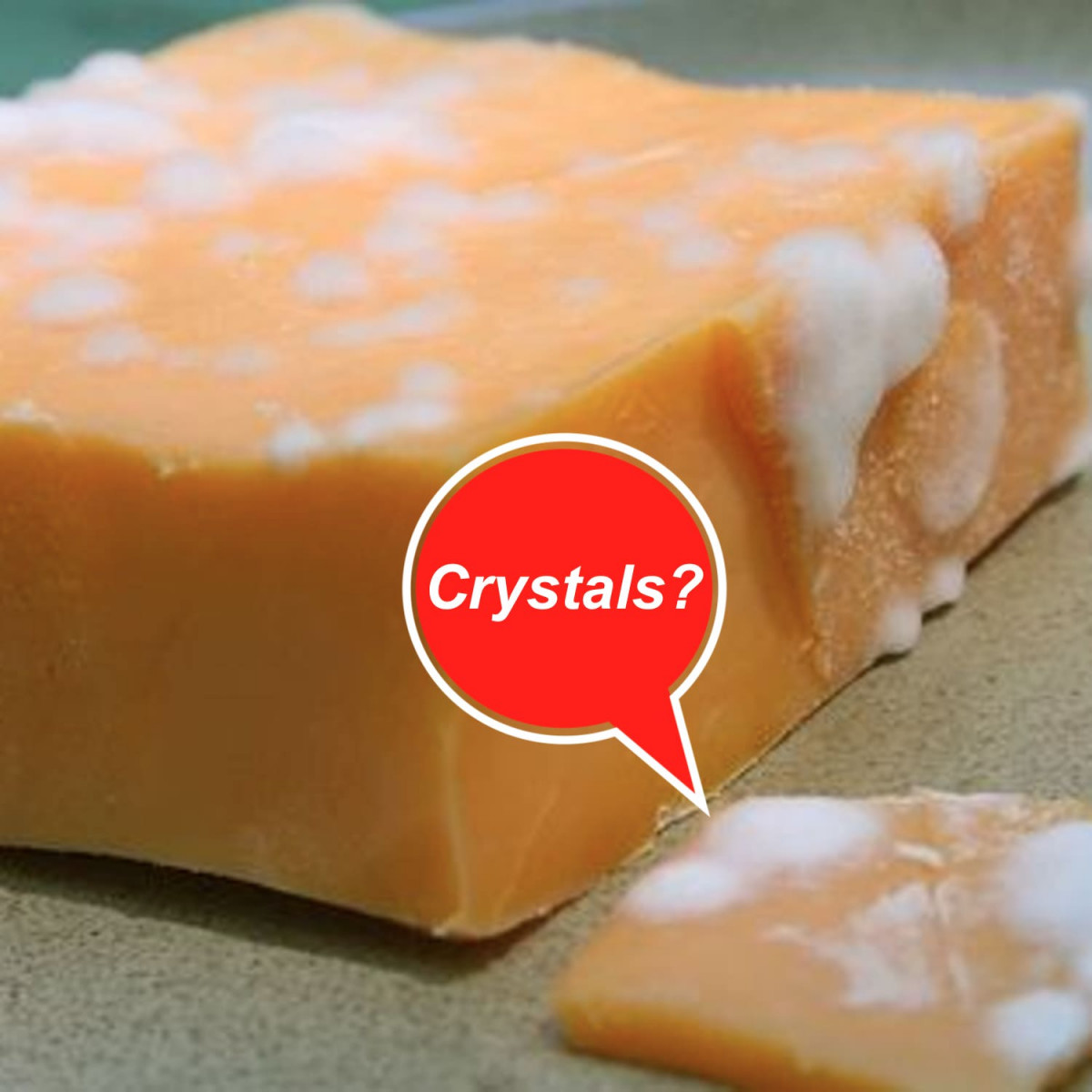Last Updated on January 17, 2024 by Aaron
This is a question that many people have asked, and it can be difficult to tell them apart.
In this blog post, we will discuss the differences between cheese crystals and mold.
We will also provide some tips on how to tell if your cheese has been infected by mold.
Table of Contents
What is the white stuff on your cheese?
More than likely, the white stuff is just calcium lactate. The cheese will appear chalky or grainy in texture, but it’s not mold.
This is actually a good thing to be seen – an indication of well-aged cheese! And it gives crunchiness and flavorful bits to the cheese, which is desirable for some people.
They are not dangerous to eat, but they can be unpleasant to look at.
Calcium crystals are formed when bacteria break down lactate to form lactic acid, which is then bound with calcium together due to changes in pH, salinity, and moisture during the aging process (1).
Cheese crystals are usually tiny, hard particles that form on the surface or exterior of the cheese, but they can also form on the interior or “pearls” (although this is less common). They are usually white or off-white in color and they can be either smooth or bumpy in texture depending on the type of crystals.
Tyrosine crystals are usually found in the interior of the cheese (2).
A few other amino acid crystals are also found when the protein breaks down during the aging process and clustered together. For example, cysteine and leucine crystals.
Meanwhile, contamination and foreign particles may also lead to the formation of crystals.
Molds vs crystals
Unlike crystals that form in the interior, molds are a type of fungus that grows on the surface of the cheese. Molds often appear as fuzzy, greenish-black, white, or black spots on the food.
Cheese that has been contaminated by molds can be dangerous to eat, as they produce toxins called mycotoxins which could have adverse effects on your health (ie nausea and vomiting), lead to food poisoning, and may even death (3).
So, how can you tell the difference between cheese crystals and molds?
Here are some tips:
-Cheese crystals will be hard and white or off-white in color. They may also appear chalky or grainy in texture.
-Molds often look like fuzzy, greenish-black, white, or black spots on the food.
-Molds are soft and usually found on the surface of the cheese, while crystals may form in both the interior and exterior.
If you want to avoid getting sick due to mold contamination, there’s no need to throw out your cheese altogether. Molds can’t penetrate far in aged hard cheese, just make sure to cut off 1-inch below/around any contaminated parts before eating the rest of it.
FAQs
What is the white stuff on the outside of asiago cheese?
It’s calcium lactate crystals – which is a normal thing for aged cheese like asiago. They are not dangerous to eat. If you don’t like their appearance, you can trim off the outside layer before eating.
Reference:

